Fireflies are well loved, but they may be in trouble. Across the globe, people are reporting that fireflies appear to be less common than they used to be.
This piece originally appeared in the Spring 2018 edition of Xerces’ biannual publication Wings. Click to view the full Spring 2018 issue.
Fireflies. If you spent any time as a child in the eastern United States, it is likely that the word immediately conjures up memories of dusky summer nights, soft flashes in the understory, bare feet on warm grass. Fireflies are celebrated all over the world. They are found in art, literature, and cultural origin stories. To some, they merely signal the start of summer. To others, they symbolize the souls of the departed, or bad luck, or hope in the darkness. Unlike many other insects, fireflies give off a friendly vibe. They do not sting or bite. They will not eat your crops or become a pest in the garden. They have an almost magical quality of lighting up the dark.
Fireflies are not flies but are actually beetles, in the family Lampyridae. They use bioluminescent light to communicate with each other, primarily to attract mates, but sometimes to signal alarm, or send a warning, or even to attract food—in the form of other fireflies! The light comes from an organ on the underside of the abdomen, in which oxygen reacts with a light-emitting biological pigment called luciferin in the presence of an enzyme called luciferase to emit photons, elementary particles of light.
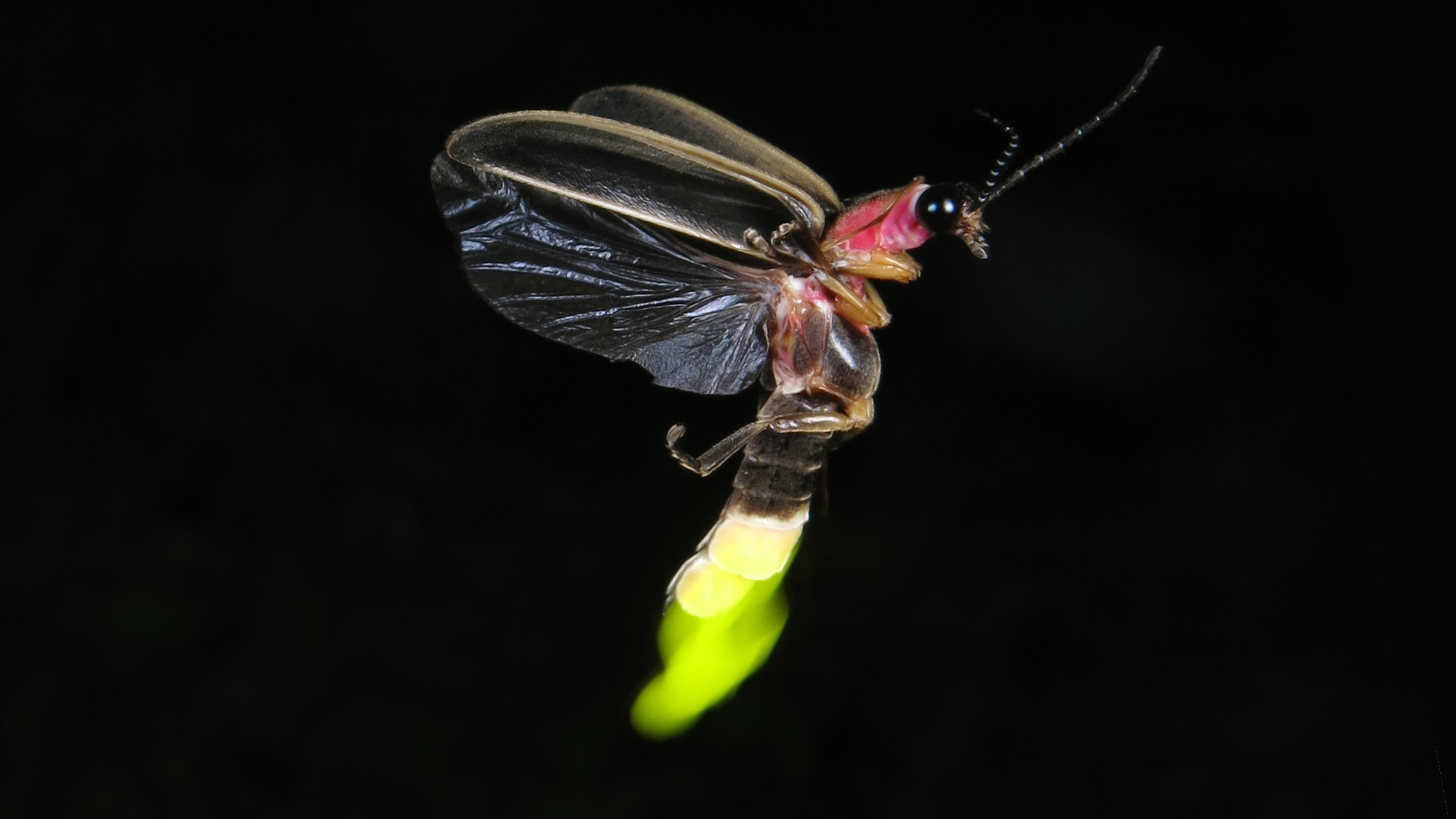
Fireflies are found in many countries, but particularly in tropical climates. More than two thousand species have been described, over 160 of which can be found in the United States and Canada. More species are being discovered and described each year. Here in the United States, Florida and Georgia are our most species-rich states, boasting more than fifty each. As someone who grew up in Florida, this was news to me. I do not have a single memory of fireflies until my family moved to South Carolina, where fireflies gathered in our yard every summer evening at dusk. Where were those Florida fireflies? Did I live in places that were too urbanized? Were our resident fireflies more active late at night, when I was tucked away in bed? How could I have missed them?
If you have similarly thought that you live in a place devoid of fireflies, you may be surprised to learn that fireflies actually occur in all of the lower forty-eight states and in many Canadian provinces. If you live in the West (as I do now) and wonder why you have never seen a firefly, it is probably because many of our western species are active during the day, potentially communicating with pheromones rather than light. In other species, the larvae or adult females may glow, but adult males do not produce light.
Take, for example, the Douglas fir glowworm (Pterotus obscuripennis), whose larvae and flightless females can be found casting a soft, greenish light in its namesake forests. Flashing species may be rare west of the Rockies, but they can still be found in some pockets. Only a few years ago, researchers in Utah were excited to find populations of flashing fireflies in marshy areas of the desert—living confirmation after a thirty-year search.
Fireflies live in a wide variety of habitats, although many of these tend to have one particular feature in common: moisture. They can be found in wetlands, swamps, riparian areas, abandoned fields, forests, chaparral, and scrublands. Some species, such as those Utah flashers, are even found in deserts where the microhabitat is just right.
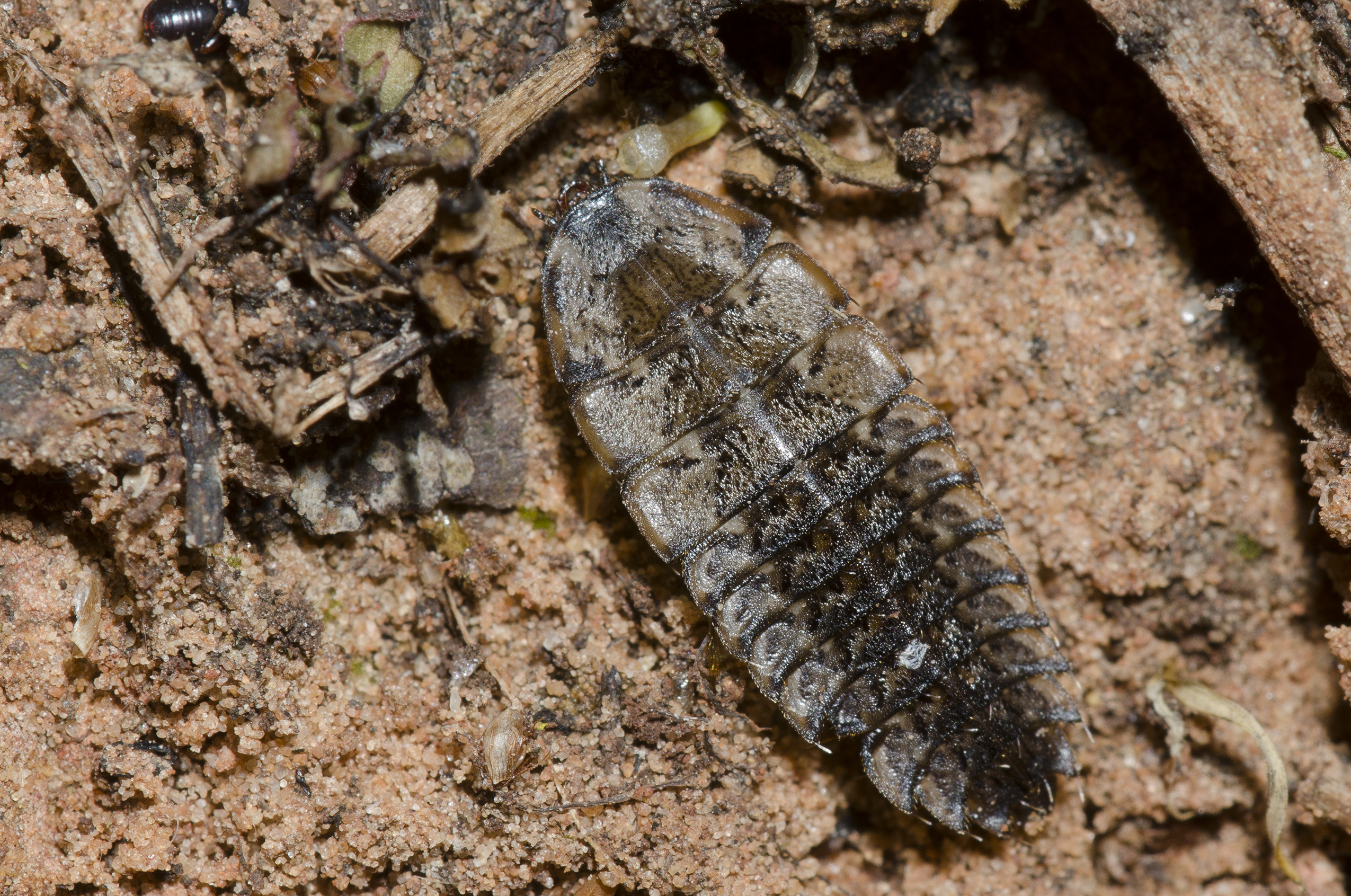
Life histories of fireflies are varied. The females of many species are flightless—they do not have wings and actually look more like grubs than true adults. They live in burrows in the ground and emerge at night to glow softly, waiting for males. Most larvae also live underground. In some species, such as those in the genus Pleotomodes, this subterranean lifestyle is taken to the extreme—both larvae and female adults live in ant nests. In contrast, the larvae of some species of Pyractomena forgo underground living and instead pupate on the bark of trees. This allows some of them to emerge much earlier in the year, but also makes them more at risk from temperature fluctuations, desiccation, and predation.
The diet of firefly larvae is composed primarily of soft-bodied invertebrates such as snails, slugs, and earthworms. Many species do not eat during their short time as adults, but there are exceptions. Among the most notable are females of the genus Photuris, which flash not only for their own males but also for those of another species. When an unsuspecting male arrives expecting to mate, he is instead eaten by the female; this behavior has earned Photuris females the nickname femmes fatales.
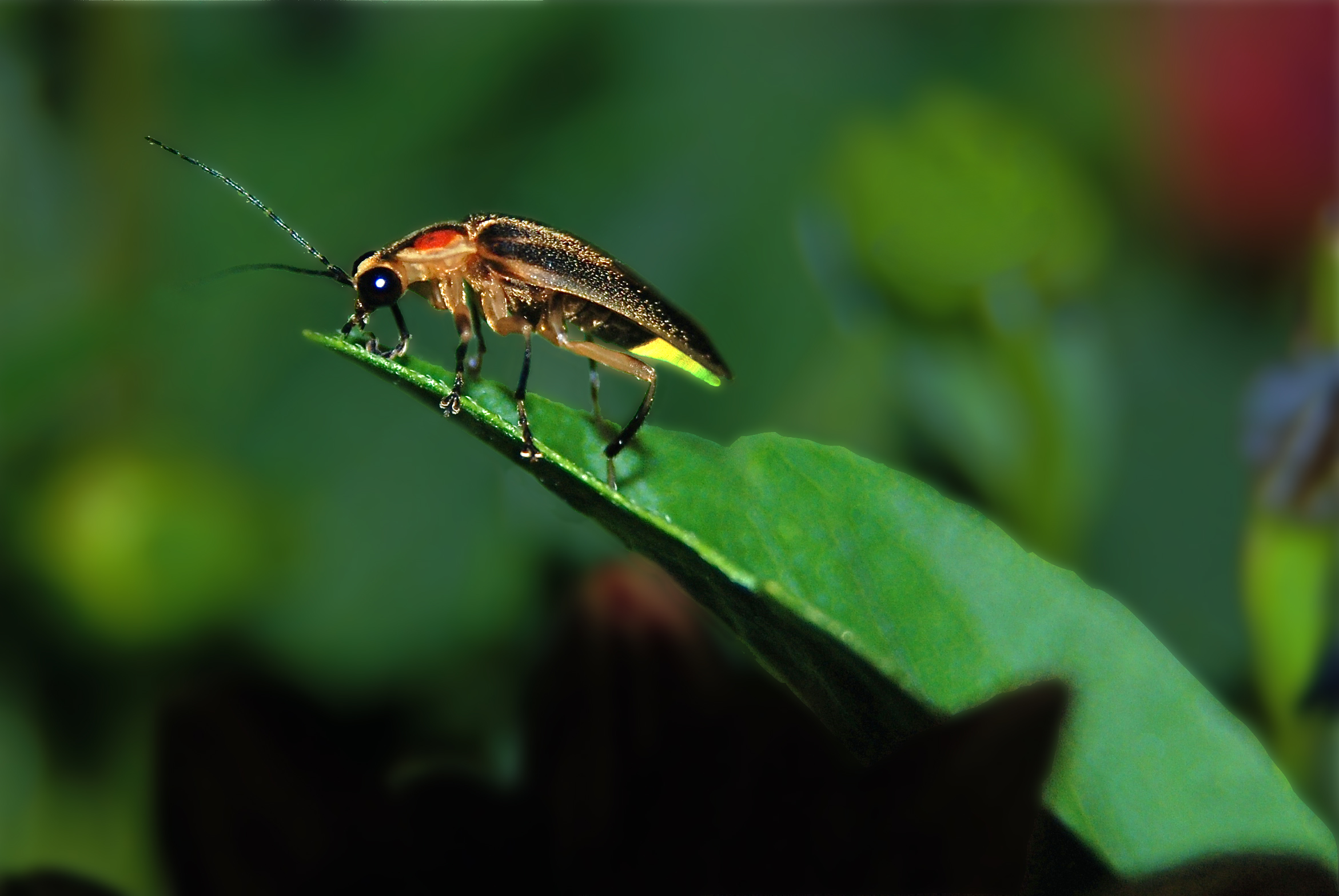
Fireflies are well loved, but they may be in trouble. Across the globe, people are reporting that fireflies appear to be less common than they used to be, and some researchers have documented local extirpations at their field sites. Unfortunately, there has been little systematic monitoring of species population sizes and trends, making it difficult to determine quantitatively whether and to what extent populations are in decline. Even so, we know that some of the habitats that fireflies depend on are disappearing, and several other threats have been identified, including light pollution, pesticides, poor water quality, drought, overcollection for the medical trade, and invasive species. Climate change and associated droughts, as well as rising sea levels for some species that occur in coastal areas, are of particular concern. Because fireflies live as adults for only a few weeks and spend most of their lives—sometimes up to two years—in the larval stage, impacts on larval habitat can be especially critical.
In some parts of the world, fireflies may be loved too much, with dramatic increases in firefly tourism negatively affecting populations. The lights from cameras, cell phones, and vehicle headlights can interfere with their mating signals. Wetland firefly habitats are highly sensitive to trampling, and in very crowded areas fireflies themselves can be crushed underfoot.
Prompted by such anecdotal reports, the Xerces Society has embarked on an effort to evaluate the current state of knowledge on the conservation status and extinction risk of fireflies in the United States and Canada. While many studies have been published on firefly reproduction, behavior, and physiology, relatively little information exists on the status of populations and the life histories of individual species. As with so many invertebrates, firefly taxonomy is in flux, with a number of well-known groups awaiting reassessment and newly discovered but undescribed species not yet named.
Compounding the difficulty, fireflies are tricky to identify and many species are active only at night. Firefly fieldwork, while seemingly romantic, often involves long, dark nights enduring humidity, rain, poison ivy, and mosquitoes—sometimes even alligators. Add to this the fact that some species may flash for just a few minutes at a time and only during a two-week period each year, making them easy to miss. Decoding each species’ unique flash and glow patterns takes time, and, although such recent books as Lynn Faust’s Fireflies, Glow-Worms, and Lightning Bugs are making this information considerably more accessible, there is still no single guide for species identification in the United States and Canada. As we piece together what is known from the literature and what we can learn directly from firefly researchers, enthusiasts, and citizen scientists, we are beginning to identify a list of species that may be of conservation concern.
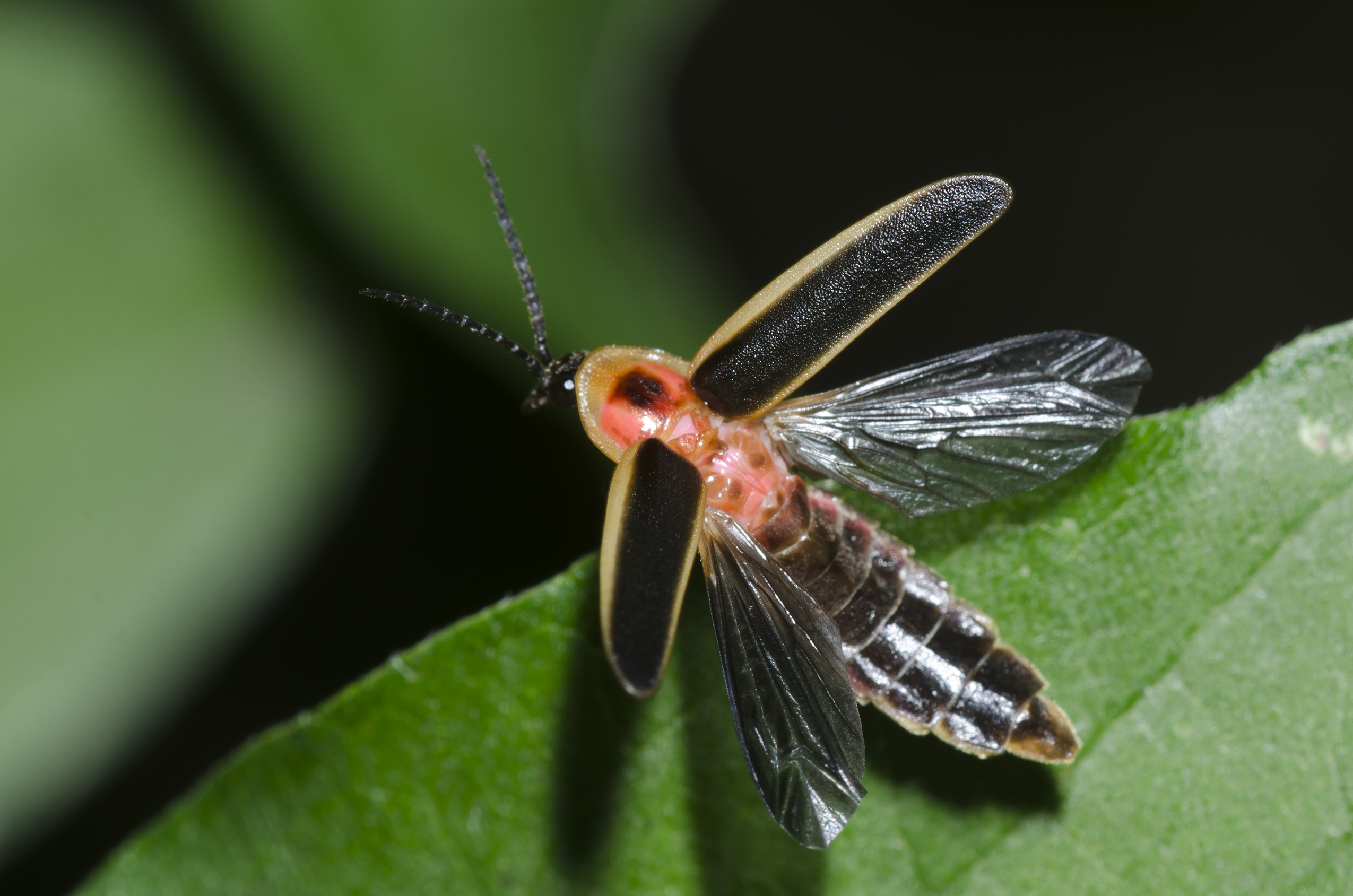
The species on this list tend to share certain traits, such as female flightlessness. The Pleotomodes fireflies, for instance, comprise just three known species, all associated with ants; the adult females do not fly but instead live with their larvae in ant nests underground. The anthill firefly (P. knulli) is a small, rare species reported from Florida; both the larvae and females glow, but the males rarely produce light. The ant-loving scrub firefly (P. needhami) is associated with scrub habitat and is known only from Archbold Biological Station in Florida. Adult females and larvae live in the nests of two species of ants, one of which cultivates underground fungus gardens. The ants appear to ignore the fireflies, and the fireflies have not been observed to feed on the ants or their brood. Both larvae and adults glow, even when underground in the ant colonies. A third species, P. pulsator, is known from Arizona and Mexico. These species and others with flightless females cannot easily disperse from an area and may therefore be particularly susceptible to threats.
Other species of concern include those that emit light only during true dark, or that have restricted ranges or strict habitat requirements. For example, the dark-active Florida intertidal firefly (Micronapsis floridana, the sole described species in the genus) is known only from salt marshes and mangroves along coastal regions of Florida and some northern islands of the Bahamas. This medium-size flashing firefly is threatened by coastal development, light pollution, agricultural activities (including introduction of a nonnative nematode), and pesticides. Hurricanes also pose a threat, although the larvae are able to float like little boats, which may aid in their survival. Researchers believe that some populations are now extirpated, including those near Sarasota. Like the Florida intertidal firefly, the tropic traveler (Tenaspis angularis) is the only species known in its genus. It appears to be very rare, observed just once or twice every ten years, although it is possible that this species has been overlooked because it does not flash or glow. Until recently it was thought to be a tropical species found only in Florida and Texas, but it has now been tentatively reported from Missouri.
The relatively large genus Photuris, with fifty-seven described species, includes at least eight species or subspecies that may be at risk of extinction. These flashing fireflies are primarily known from freshwater marshy areas, sand dunes, hammocks, floodplains, and alluvial banks. Specific threats include rising sea levels, increased light pollution, exotic plants, spraying to control adult mosquitoes, and forest succession. One such species, the Bethany Beach firefly (P. bethaniensis), is known only from threatened interdunal wetlands that occur along Delaware’s Atlantic coast. Another species, P. potomaca, may now be extirpated from the Potomac Valley above Washington, D.C., where it was once abundant.
Much more research and monitoring are needed to understand fully the causes and extent of firefly declines and to know which species—rare, broadly distributed, or somewhere in between—may be most at risk. Protecting their habitat, whether woodland or prairie or marsh, is essential to conserve fireflies.
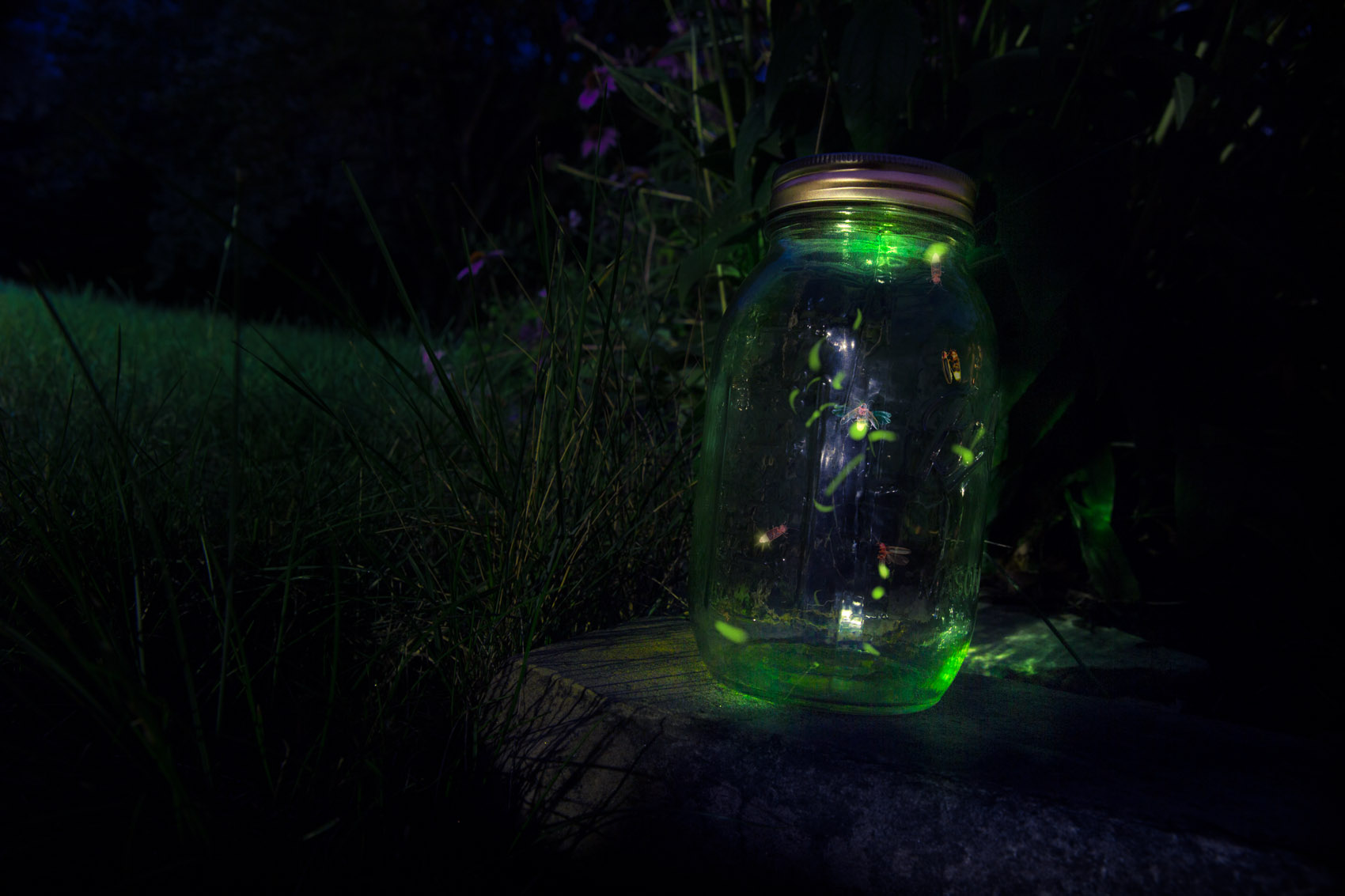
These entrancing insects aren’t limited to wild places, however, and there are some simple steps you can take to help them in your neighborhood. One of the easiest actions is to reduce or eliminate outdoor lighting. Light pollution directly competes with and often outshines firefly signals, making it challenging for fireflies to find each other and to communicate. Shield any outdoor lights that must remain on, or consider changing your bulbs to provide more firefly-friendly lighting. When possible, limit the amount of area that is lit, as well as the number of hours that lights are kept on. Eliminating pesticide uses that can directly kill fireflies or alter their habitat is also important. Keep some areas of your yard unkempt and remember that different species will use different habitats, including water sources, undisturbed soil, and native vegetation of different heights.
If you or people you know catch fireflies as generations have before, handle them in a way that will help ensure that they can survive and find a mate once they are released. Do not put them in direct sun or in cold conditions. Release them as soon as possible—less than twenty-four hours from capture—in the same place they were caught. If you keep them overnight in a jar or other container, add some moistened tissue to provide the humidity they need. You can also use these interactions to help advance our understanding by making such occasions into more than just a nocturnal encounter. Keep notes on the fireflies you see, and share this information with citizen-science efforts such as Firefly Watch.
If there is one thing we have discovered during our assessment effort, it is that there is still much to be learned about the world of fireflies. Xerces will continue to seek a better understanding of these enchanting animals and how best to protect them. May their lights shine on for their sakes, and for ours.
Further Reading
Read about our work to protect fireflies
Read more about fireflies on the blog!
Learn more about the Xerces Society’s Endangered Species Program.
Read the full Spring 2018 edition of Wings Magazine.




